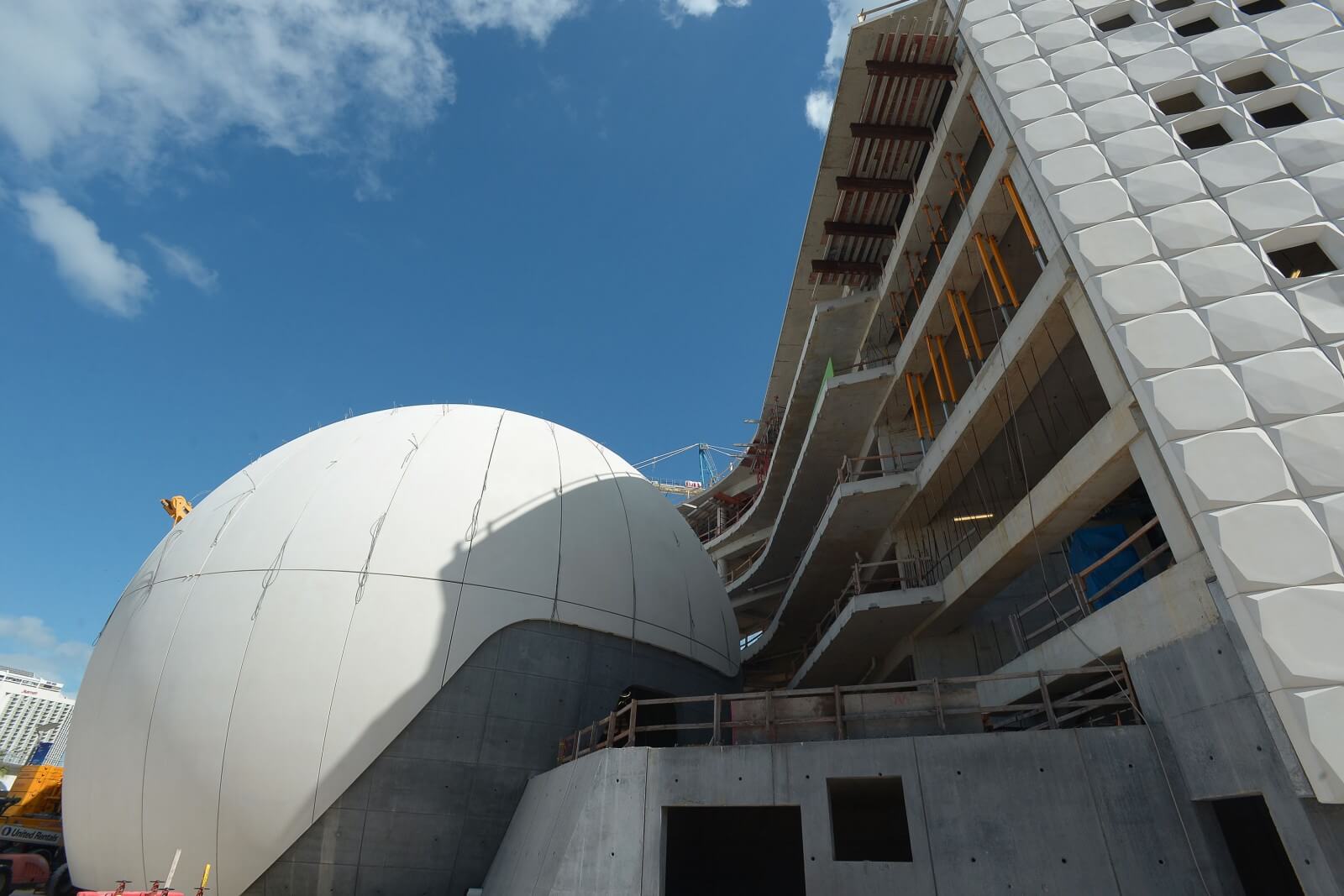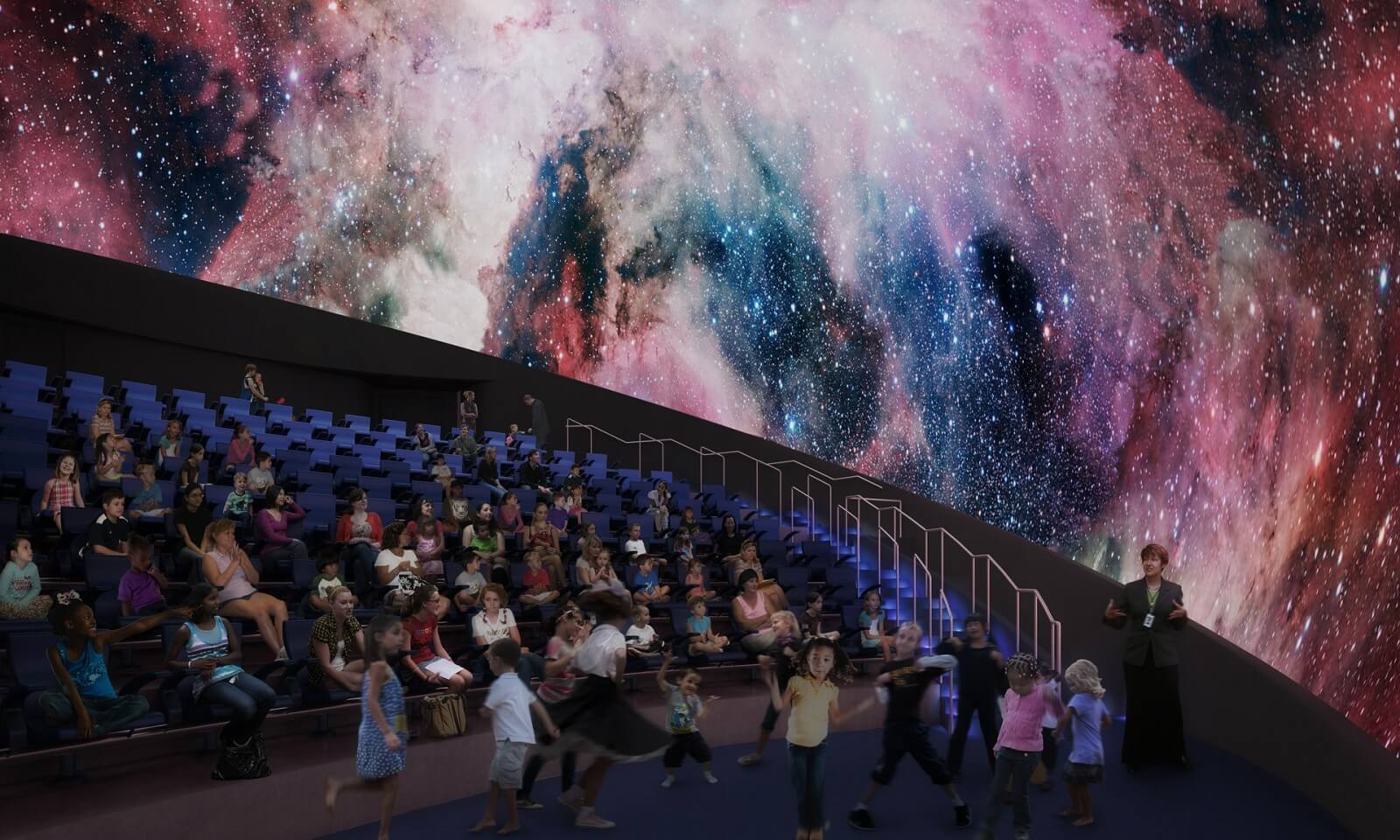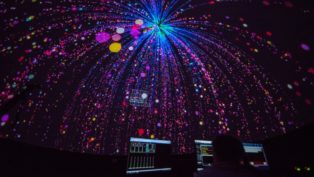Sky-Skan is to Power Miami's New Frost Planetarium
After a tender procedure, the Patricia and Phillip Frost Museum of Science, currently under construction in downtown Miami’s Museum Park, has chosen Sky-Skan, Inc. to provide a complete Definiti Fulldome 8K 3D digital planetarium and visualization system for the Frost Planetarium, which opens next year.
Commenting the choice, Brooks Weisblat, Vice President of Technology, Frost Science said:
 Here're a few facts about the new planetarium and its cutting-edge equipment:
Here're a few facts about the new planetarium and its cutting-edge equipment:
 Steven Savage, president of Sky-Skan, is honored that his company has taken part in the project:
Steven Savage, president of Sky-Skan, is honored that his company has taken part in the project:
Sky-Skan really stood out as a company deeply interested in understanding our goals and in making sure we had the tools to achieve them. It’s technology for 3D science simulation and show development is of the highest quality, and we’re excited to be working with them.The new Frost Planetarium, made possible thanks to a $10 million gift from longtime Miami benefactors Patricia and Phillip Frost, will succeed the renowned Miami Space Transit Planetarium, which closed in late 2015 as part of the museum’s previous location in Coconut Grove. The renovation of the dome was a carefully orchestrated project that took almost three weeks to complete under the direction of Skanska USA and Hill International.

The facade of the new Frost Planetarium building.
Photo credit: Sky-Skan
- 250 seats on a raked stadium-style platform
- 16-million-color 8K projection system
- 54 concrete panels that make up the self-supporting planetarium dome
- The panels were installed opposite one another in a counter-clockwise rotation to avoid lateral load on the dome capstone – the top center portion that anchors all of the panels
- The total weight of all pieces exceeds 1.6 million pounds
- The diameter of the capstone is about 30 feet
- One concrete panel measures approximately 48 feet from base to top, is roughly 9 feet wide at the base and tapers to approximately 3 feet at the top, where the panels meet the capstone.

Visitors to the new Frost Planetarium enjoy seamless immersion in hemispheric environments generated by Sky-Skan.
Photo credit: Sky-Skan
Our technology has taken decades to perfect and we are honored to receive a commission to equip a system in one of the world’s most exciting cities. Miami has always been a world-class leader in its planetarium programming and this tradition is clearly set to continue.The new system will automatically connect to science data repositories and update itself with the latest data about the universe so that repeat visitors will always have something new to see and learn. The installation of the system will include super-bright LED lighting and a powerful 17-channel sound system. Located in downtown Miami’s Museum Park, the new Museum is scheduled to open to the public in 2016. The Planetarium enclosure comes as construction of the Museum surpasses the 50 percent completion point.
Have you liked this post? Subscribe to FDDB Newsletter
Start the experience!
Not yet registered?
Sign up now, it's free!
Sign up now, it's free!




